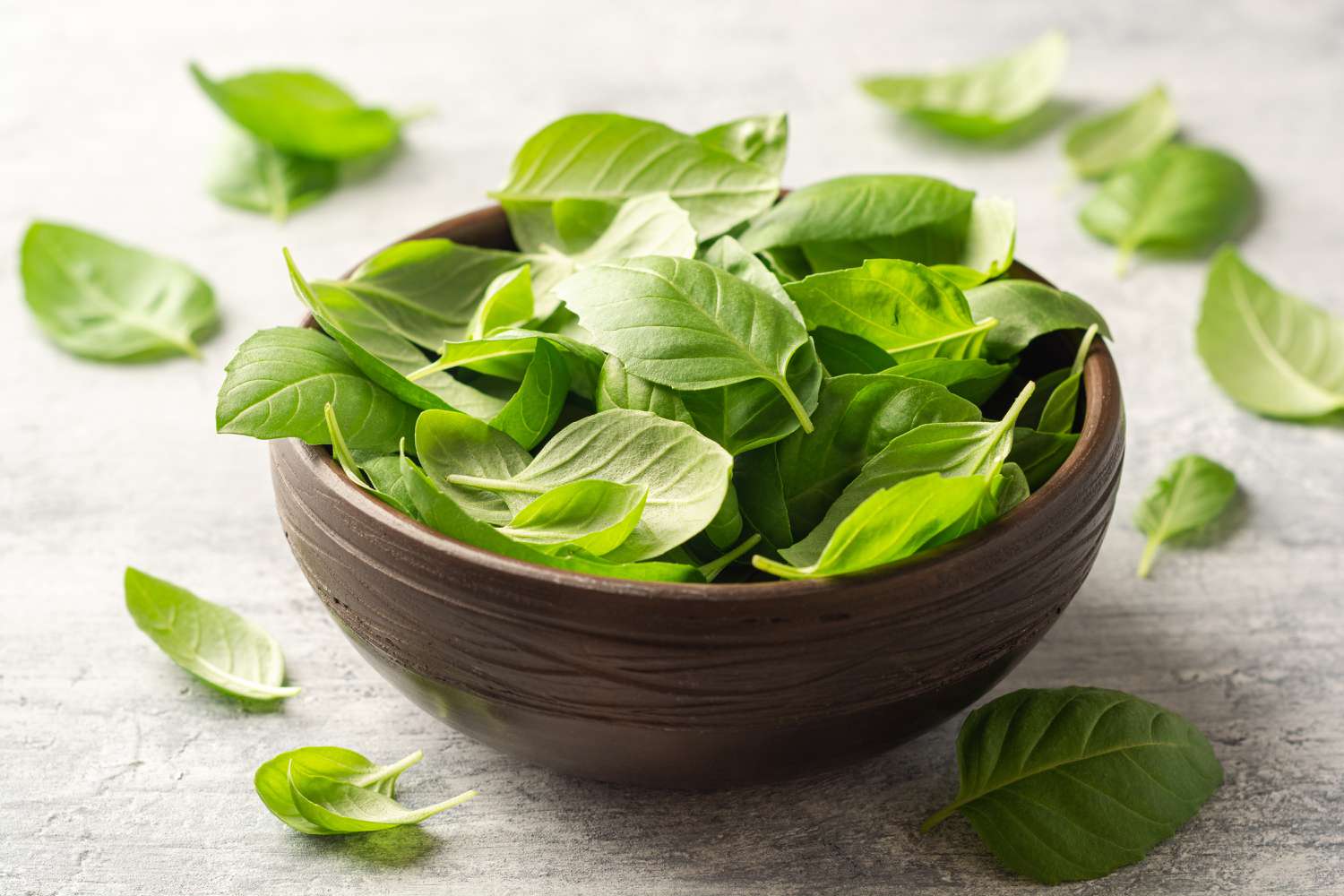

Articles
How To Store Fresh Basil Leaves
Modified: February 24, 2024
Learn the best methods for storing fresh basil leaves in this informative article. Keep your basil fresh for longer with these helpful tips and tricks.
(Many of the links in this article redirect to a specific reviewed product. Your purchase of these products through affiliate links helps to generate commission for Storables.com, at no extra cost. Learn more)
Introduction
Fresh basil leaves are a delightful addition to many dishes, offering a burst of vibrant flavor and a hint of sweetness. Whether you grow your own basil or purchase it from a grocery store or farmer’s market, it’s important to know how to properly store it to ensure its freshness and flavor are preserved.
Proper storage of fresh basil leaves is crucial as they are delicate and tend to wilt quickly if not handled correctly. Basil leaves can turn dark and lose their characteristic aroma and taste if exposed to air, moisture, or extreme temperatures for an extended period. Therefore, understanding the best storage methods for fresh basil is essential to keep this herb at its best for as long as possible.
This article will guide you through the various storage methods for fresh basil leaves, including storing them in water, refrigeration, freezing, and making basil pesto. Each method has its advantages and can significantly extend the shelf life of fresh basil, allowing you to enjoy its delightful flavors in your culinary creations.
Key Takeaways:
- Proper storage of fresh basil, whether in water, the refrigerator, or as pesto, can extend its shelf life, maintain its vibrant flavor, and minimize waste, ensuring you can enjoy this delightful herb for longer.
- To preserve the freshness of basil, handle it with care, avoid direct sunlight, and consider freezing or making pesto for longer-term storage. These methods help retain the aromatic goodness of basil for year-round culinary enjoyment.
Why Fresh Basil Leaves Need Proper Storage
Fresh basil leaves are incredibly delicate and can quickly deteriorate if not stored properly. There are a few reasons why proper storage is crucial for maintaining the freshness and flavor of basil leaves:
- Prolong Shelf Life: Basil leaves have a short shelf life, even when picked fresh. By following the right storage practices, you can extend the lifespan of your basil leaves and prevent them from wilting or spoiling prematurely. This ensures that you can enjoy them in your recipes for a longer period.
- Maintain Freshness: Proper storage techniques help preserve the vibrant green color, aroma, and flavor of fresh basil leaves. Basil leaves contain aromatic oils that give them their distinctive scent and taste. By storing them correctly, you can retain these qualities, ensuring that your culinary creations are bursting with fresh basil goodness.
- Minimize Waste: It’s always disheartening to see fresh produce go to waste. By storing basil properly, you can reduce waste and make the most of your herb harvest or store-bought basil. This can save you money and help you make use of every last leaf.
Whether you’re an avid cook or a passionate gardener, understanding the importance of proper storage for fresh basil leaves empowers you to make the most of this versatile herb. With the right knowledge, you can ensure that your basil leaves remain fresh and flavorful, ready to elevate your culinary creations.
The Best Storage Methods for Fresh Basil Leaves
There are several effective methods to store fresh basil leaves, each offering its own advantages. Let’s explore the best storage methods:
- Method 1: Storing Fresh Basil in Water: This method is ideal for maintaining the freshness and vibrancy of basil leaves. To store basil in water, trim about an inch off the stems and place the bunch in a glass or jar filled with an inch of water. Cover the leaves loosely with a plastic bag and keep the jar at room temperature. Change the water every 2-3 days to prevent it from becoming stagnant. This method keeps the leaves hydrated and can prolong the life of fresh basil for up to a week.
- Method 2: Storing Fresh Basil in the Refrigerator: Refrigeration helps slow down the deterioration of basil leaves. Wrap the unwashed basil leaves loosely in a damp paper towel and place them in a perforated plastic bag. Store the bag in the refrigerator’s crisper drawer. The moisture from the damp paper towel helps keep the leaves hydrated, while the bag prevents excessive moisture buildup. Fresh basil stored in the refrigerator can last up to a week.
- Method 3: Freezing Fresh Basil Leaves: Freezing is an excellent option if you have an abundance of basil leaves or want to preserve them for an extended period. Start by blanching the basil leaves in boiling water for about 10 seconds, then immediately transfer them to an ice bath to cool. Pat the leaves dry and place them in an airtight container or freezer bag. Alternatively, you can freeze the leaves in ice cube trays with a little water or olive oil. This method allows you to easily portion out the basil as needed for future use and can extend its shelf life for several months.
- Method 4: Making Basil Pesto for Storage: Another popular way to store basil leaves is by turning them into a delicious basil pesto. Blend fresh basil leaves, garlic, pine nuts, Parmesan cheese, olive oil, salt, and pepper together until smooth. Transfer the pesto into small jars or ice cube trays and cover with a layer of olive oil. Store the pesto in the refrigerator or freezer, depending on your intended use. Basil pesto can remain fresh in the refrigerator for up to a week and in the freezer for several months.
Choosing the right storage method for your fresh basil depends on your needs and preferences. Experiment with different methods to find the one that suits you best. Keep in mind that each method has its limitations, so it’s essential to observe the freshness and quality of the basil leaves during storage.
Method 1: Storing Fresh Basil in Water
Storing fresh basil in water is a simple and effective way to keep the leaves hydrated and preserve their freshness. This method helps prevent wilting and can extend the life of basil leaves for up to a week. Here’s how to do it:
- Trim the Stems: Start by trimming about an inch off the bottom of the basil stems. This helps the leaves absorb water more effectively and improves their shelf life.
- Prepare a Glass or Jar: Choose a glass or jar that is tall enough to accommodate the basil stems. Fill the container with about an inch of water.
- Place the Basil in the Water: Gently place the trimmed basil stems into the water, ensuring that the leaves are not submerged. It’s essential to keep the leaves dry to prevent them from rotting.
- Cover the Leaves: Loosely cover the leaves with a plastic bag or a plastic wrap. This helps create a mini greenhouse effect that preserves the moisture around the leaves.
- Store at Room Temperature: Find a cool spot at room temperature to place the glass or jar. Avoid direct sunlight or extreme temperatures, as this can cause the basil leaves to wilt faster.
- Change the Water: Every 2-3 days, change the water in the jar to prevent it from becoming stagnant. This helps keep the basil fresh and prevents any unpleasant odors.
It’s important to note that this storage method works best for short-term use. While storing basil in water can prolong its freshness, it may not keep the leaves in optimal condition for an extended period. Therefore, it’s recommended to use this method if you plan to use the basil within a week.
When you’re ready to use the stored basil, simply remove the desired number of leaves from the water, pat them dry with a paper towel, and incorporate them into your recipes. The refreshed leaves will retain their vibrant green color and delicious aroma, enhancing the flavors of any dish.
Method 2: Storing Fresh Basil in the Refrigerator
If you want to extend the shelf life of fresh basil and slow down its deterioration, storing it in the refrigerator is a suitable method. Refrigeration helps preserve the vibrant green color and flavor of basil leaves. Follow these steps to store fresh basil in the refrigerator:
- Prepare the Basil: Start by ensuring that the basil leaves are clean and dry. Gently remove any damaged or wilted leaves and discard them.
- Damp Paper Towel: Take a damp paper towel and wrap the basil leaves loosely. Wrapping the leaves in a damp paper towel helps maintain their moisture and prevents them from drying out.
- Plastic Bag: Place the wrapped basil leaves in a perforated plastic bag. The perforations allow for airflow, preventing excessive moisture buildup that can lead to mold or rot.
- Store in the Crisper Drawer: Put the bagged basil leaves in the crisper drawer of your refrigerator. The crisper drawer provides a slightly higher humidity environment that helps keep the leaves fresh and slows down the wilting process.
- Keep Away from Ethylene-Producing Fruits: It’s important to keep basil away from ethylene-producing fruits such as apples, bananas, and tomatoes. Ethylene can accelerate the aging process and make the basil leaves wilt faster.
- Monitor and Use Within a Week: Check the basil leaves periodically to ensure they are still fresh. Use the stored basil within a week for optimal flavor and quality.
When you’re ready to use the refrigerated basil, unwrap the leaves from the damp paper towel and inspect them for any signs of spoilage. If the leaves are still fresh and vibrant, they are safe to use in your recipes. Remember to store any unused basil back in the refrigerator promptly.
While refrigeration can help prolong the shelf life of fresh basil, it may cause slight discoloration, especially if the leaves are not tightly sealed. However, this color change does not affect the flavor or aroma of the basil. Therefore, it’s best to use refrigerated basil in cooked dishes or pesto, rather than as a garnish.
By following the proper storage techniques, you can enjoy fresh basil for a longer period, adding its aromatic and flavorful touch to your culinary creations.
To store fresh basil leaves, trim the stems and place them in a glass of water at room temperature, like a bouquet of flowers. Cover the leaves with a plastic bag and store at room temperature, changing the water every few days. This will keep the basil fresh for up to a week.
Read more: How To Store Fresh Basil
Method 3: Freezing Fresh Basil Leaves
Freezing fresh basil leaves is an excellent option if you have a surplus of basil or want to preserve it for a longer duration. Freezing helps retain the flavor and aroma of the basil, allowing you to enjoy its goodness even during the off-season. Follow these steps to freeze fresh basil leaves:
- Blanch the Basil: Start by blanching the basil leaves to preserve their color, flavor, and texture. Bring a pot of water to a boil and prepare an ice bath. Submerge the basil leaves in the boiling water for about 10 seconds, then quickly transfer them to the ice bath to cool. Blanching helps deactivate enzymes that can cause the basil to deteriorate during freezing.
- Drain and Dry: Once cooled, remove the basil leaves from the ice bath and carefully pat them dry with a paper towel. It’s important to remove excess moisture to prevent ice crystals from forming during freezing.
- Portion and Package: Divide the basil leaves into small portions according to your preference. You can either separate them into individual leaves or bunch them together. Place the portions in airtight freezer bags or containers, removing as much air as possible before sealing.
- Label and Date: Don’t forget to label the bags or containers with the date of freezing. This helps you keep track of the basil’s freshness and ensures you use the oldest batches first.
- Freeze: Place the labeled bags or containers in the freezer. Ideally, position them in a single layer to allow for faster freezing. Once frozen, you can stack or store them more efficiently if needed.
- Use Within 3-6 Months: Frozen basil leaves can retain their quality for about 3-6 months. While they are safe to consume beyond this timeframe, their flavor and aroma may begin to diminish. It’s best to use the frozen basil within the recommended timeframe for optimal taste.
When you’re ready to use the frozen basil, simply remove the desired portion from the freezer and add it directly to your recipes. There is no need to thaw the basil beforehand, as the leaves will defrost quickly once added to hot dishes or incorporated in cooking.
Freezing basil is an excellent way to preserve its flavor and aroma for future use. Whether you want to add a touch of basil to soups, sauces, or pasta dishes, having frozen basil on hand allows you to enjoy its delightful essence year-round.
Method 4: Making Basil Pesto for Storage
One of the tastiest ways to preserve fresh basil is by making homemade basil pesto. Basil pesto is a versatile sauce that can be used as a condiment, spread, or added to various dishes. This method allows you to store the basil leaves in a flavorful and convenient form. Here’s how to make and store basil pesto:
- Gather the Ingredients: To make basil pesto, you will need fresh basil leaves, garlic cloves, pine nuts, Parmesan cheese (or a vegan alternative), olive oil, salt, and pepper. You can also customize the ingredients based on your taste preferences.
- Blend the Ingredients: In a food processor or blender, combine the basil leaves, garlic cloves, pine nuts, and Parmesan cheese. Pulse the ingredients until they are finely chopped and well combined.
- Add Olive Oil: With the food processor or blender running, slowly drizzle in the olive oil. Continue blending until the mixture reaches a smooth and creamy consistency. You may need to scrape down the sides of the container to ensure everything is incorporated.
- Season and Store: Taste the pesto and season with salt and pepper to your liking. Transfer the pesto to small, airtight jars or containers. To prevent air exposure, add a thin layer of olive oil on top of the pesto before sealing the containers. This helps preserve the vibrant green color and flavor of the pesto.
- Refrigerate or Freeze: Depending on your intended use and storage timeframe, you can keep the basil pesto in the refrigerator or freezer. In the refrigerator, the pesto can stay fresh for up to a week. In the freezer, it can last for several months, making it a great option for longer-term storage.
When you want to use the basil pesto, simply take out the desired amount from the refrigerator or freezer and allow it to come to room temperature. The thawed pesto can be stirred into pasta, used as a topping for grilled meats or fish, or spread onto sandwiches and wraps for a burst of fresh basil flavor.
Making basil pesto not only allows you to store basil but also creates a delicious and versatile sauce that enhances a variety of dishes. With basil pesto on hand, you can easily add a touch of basil’s aromatic goodness to your culinary creations.
Tips for Extending the Shelf Life of Fresh Basil
Fresh basil leaves are prized for their distinctive flavor and aroma, and knowing how to extend their shelf life can ensure you enjoy their freshness for as long as possible. Here are some tips to help you prolong the lifespan of fresh basil:
- Harvest Properly: When harvesting basil from your garden, make clean cuts just above a leaf node to encourage new growth. Avoid pinching off leaves, as this can result in a plant that is slow to recover.
- Handle With Care: Basil leaves are delicate and can bruise easily. Handle them gently to avoid damaging the leaves and compromising their freshness.
- Trim the Stems: Before storing, trim about an inch off the stems of the basil leaves. This creates a fresh cut, allowing the leaves to absorb water more effectively and stay hydrated.
- Store in Water or the Refrigerator: As discussed earlier, storing basil in water or in the refrigerator can help preserve its freshness. Choose the method that suits your needs and follow the appropriate steps outlined above.
- Avoid Direct Sunlight: Basil is a sun-loving herb, but once harvested, it is best to keep it away from direct sunlight. Exposure to sunlight can cause the leaves to wilt and lose their flavor more quickly.
- Minimize Moisture: Excess moisture can cause basil leaves to rot. After washing the leaves, ensure they are thoroughly dried before storing them. Moisture can be the enemy of fresh basil, so it’s important to strike a balance between keeping the leaves hydrated and avoiding excessive water exposure.
- Separate Ethylene-Producers: Ethylene gas can accelerate the aging process of basil leaves. Keep basil away from ethylene-producing fruits like apples, bananas, and tomatoes to prevent premature wilting.
- Use a Sealed Container: When storing basil in the refrigerator, use a sealed container or a perforated plastic bag to prevent the leaves from drying out or absorbing unpleasant odors from other foods.
- Avoid Washing Until Use: Washing basil leaves can introduce moisture that hastens wilting. It’s best to wait and wash the leaves just before using them in your recipes.
- Preserve by Freezing or Making Pesto: If you have an abundance of basil, consider freezing the leaves or making basil pesto for longer-term storage. These methods lock in the flavor and allow you to enjoy the basil even after its peak season.
By following these tips, you can significantly extend the shelf life of fresh basil leaves, ensuring that you have ample time to incorporate this fragrant herb into your favorite dishes.
Conclusion
Proper storage of fresh basil leaves is essential to maintain their freshness, flavor, and vibrant green color. Whether you choose to store basil in water, refrigerate it, freeze it, or make it into pesto, each method offers its own benefits and can extend the lifespan of this delightful herb.
Storing basil in water keeps the leaves hydrated and can last for up to a week, whereas refrigeration helps slow down the wilting process and maintains the basil’s quality for about the same duration. Freezing basil leaves preserves them for a longer period, allowing you to enjoy their essence during the off-season. Making basil pesto not only stores the basil but also creates a versatile sauce that can be used in various dishes.
To extend the shelf life of fresh basil, it’s important to handle the leaves with care, trim the stems, avoid direct sunlight and excessive moisture, and separate them from ethylene-producing fruits. Additionally, freezing or making pesto are great ways to preserve basil for longer-term use.
By following these storage methods and tips, you can ensure that your fresh basil leaves stay fresh and flavorful, ready to add a touch of aromatic goodness to your culinary creations. Whether you’re using basil in a summery Caprese salad, a comforting pasta dish, or a refreshing pesto sauce, the vibrant flavors and aroma of properly stored basil will elevate your dishes to new heights.
So, don’t let your precious basil go to waste. Take the time to store it properly, and you’ll be rewarded with the delightful taste and aroma of fresh basil for an extended period, allowing you to enjoy its culinary magic whenever you desire.
Frequently Asked Questions about How To Store Fresh Basil Leaves
Was this page helpful?
At Storables.com, we guarantee accurate and reliable information. Our content, validated by Expert Board Contributors, is crafted following stringent Editorial Policies. We're committed to providing you with well-researched, expert-backed insights for all your informational needs.
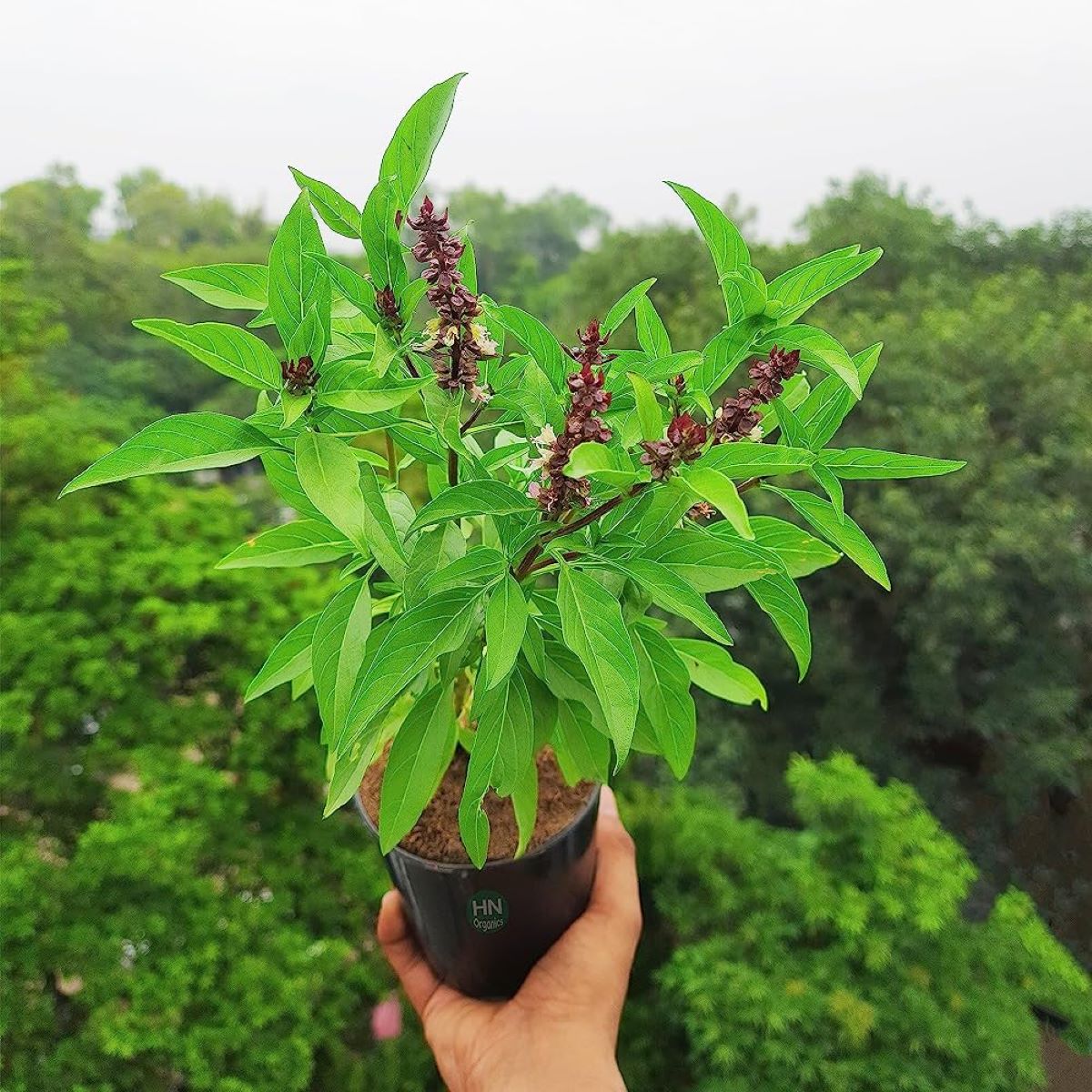
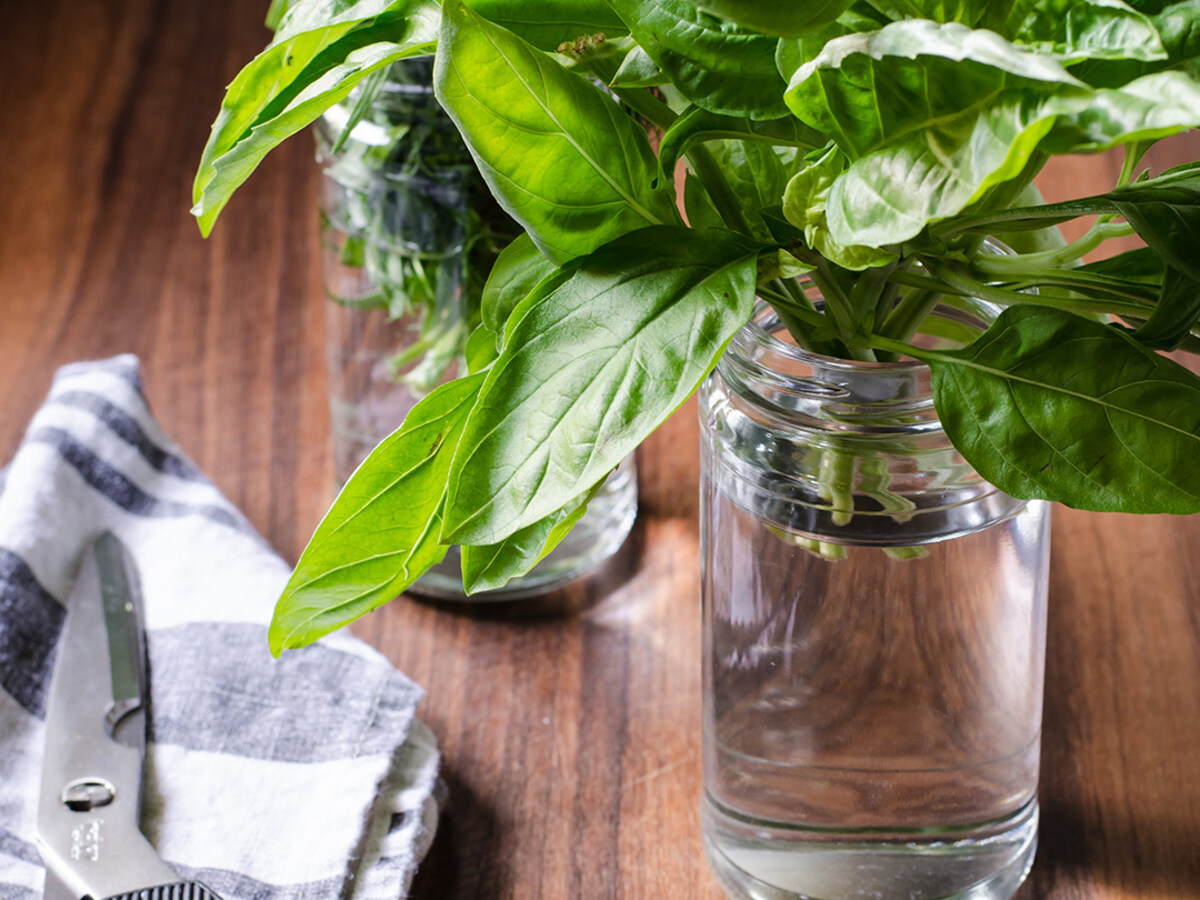
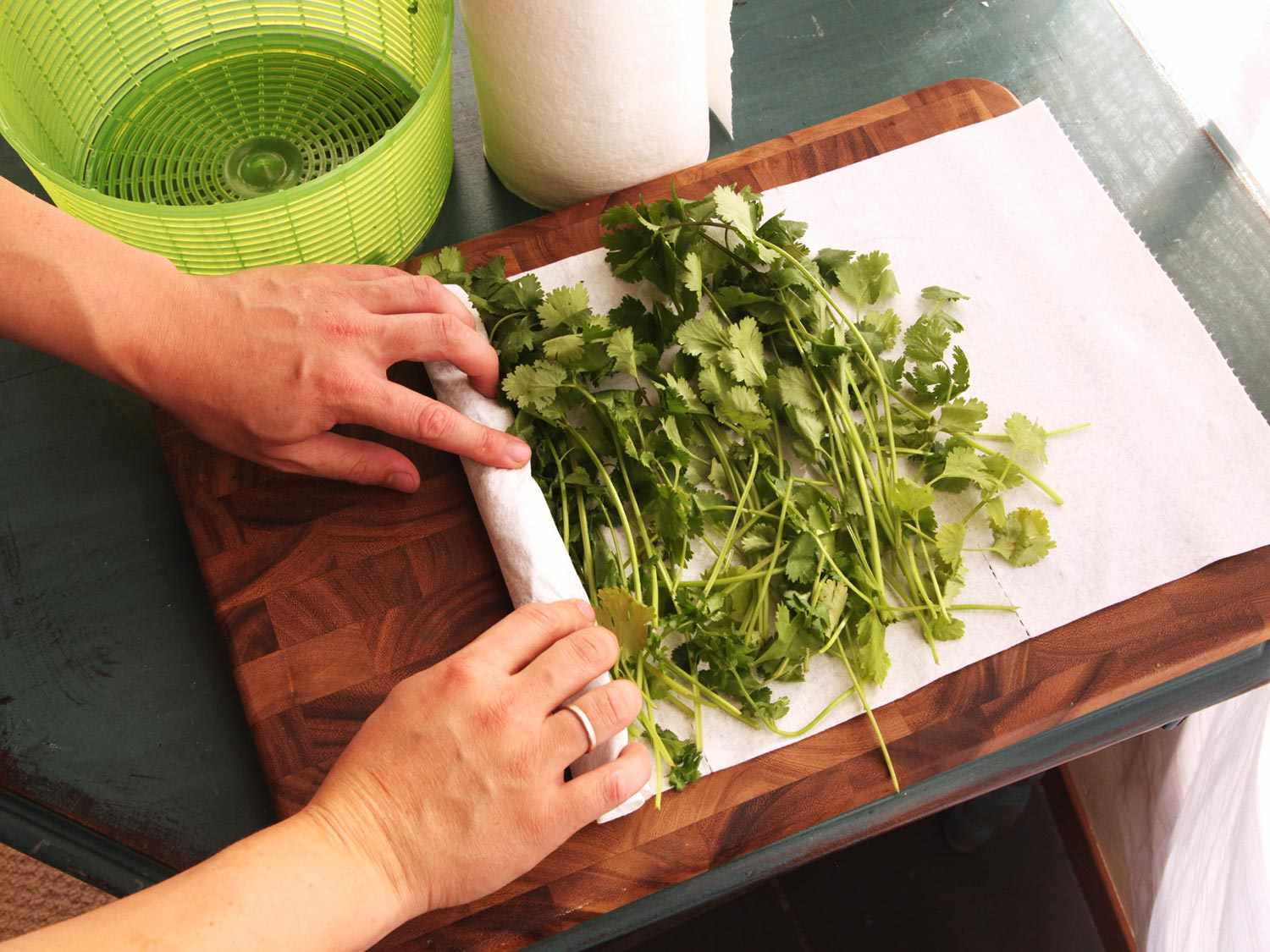
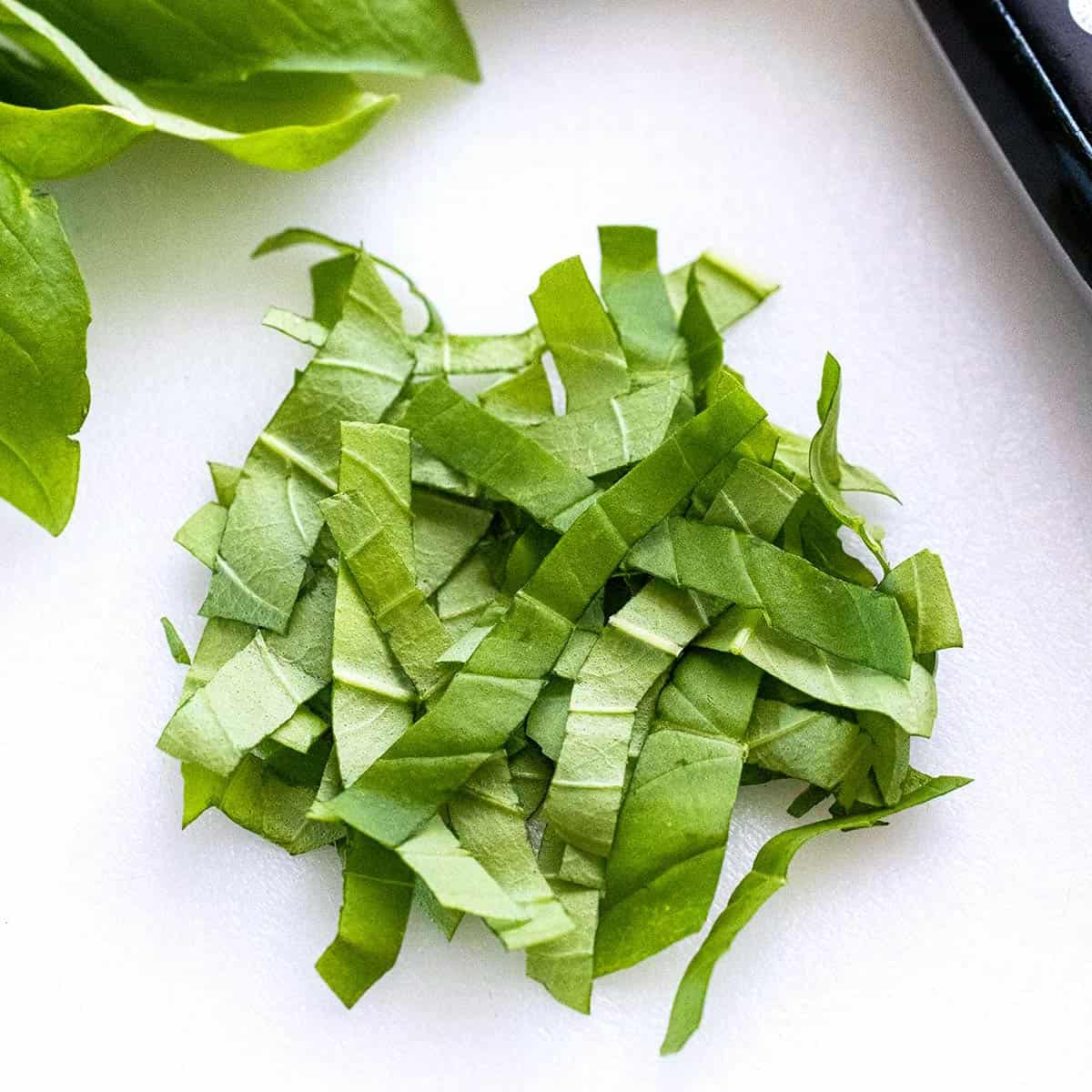
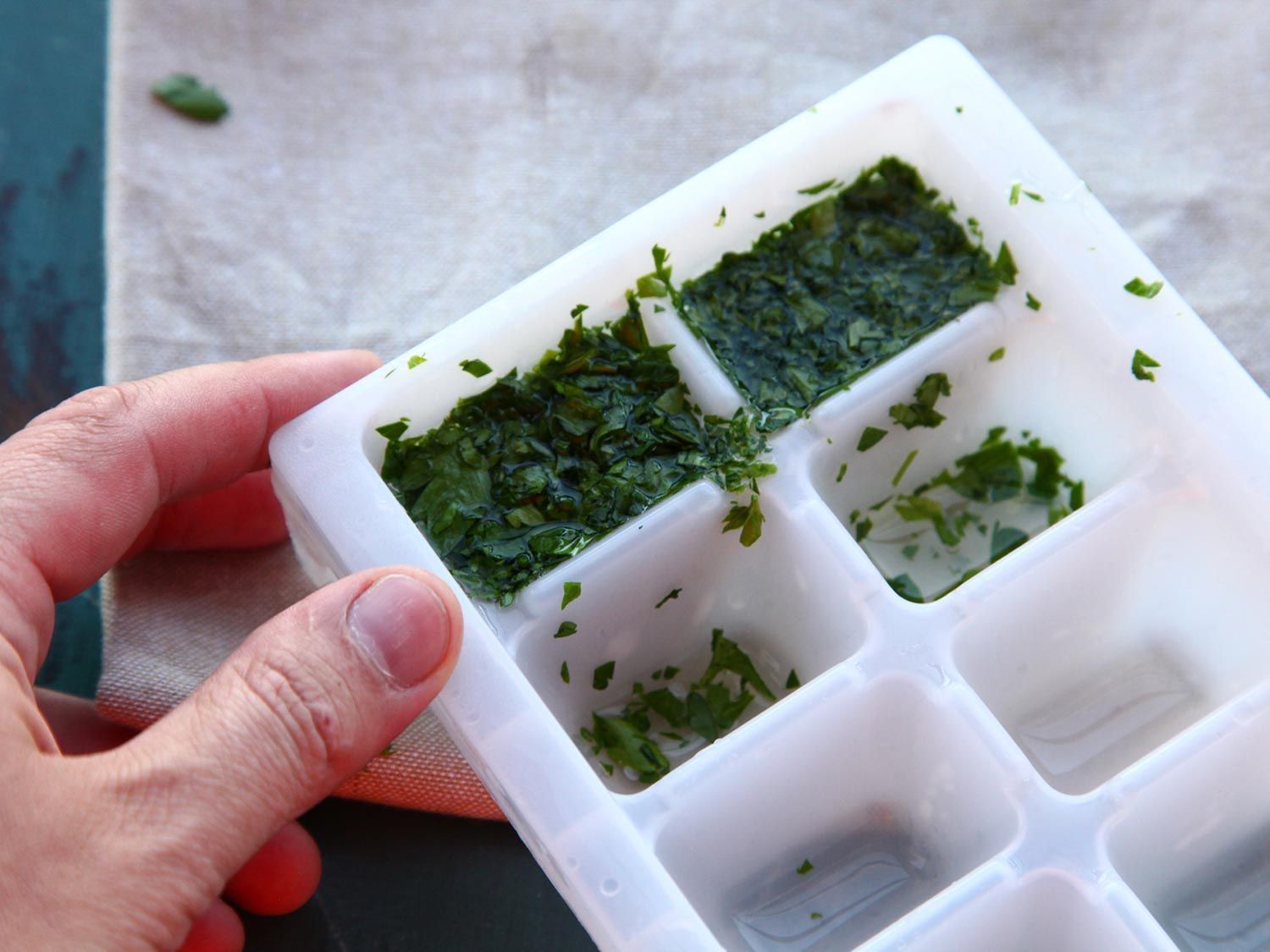
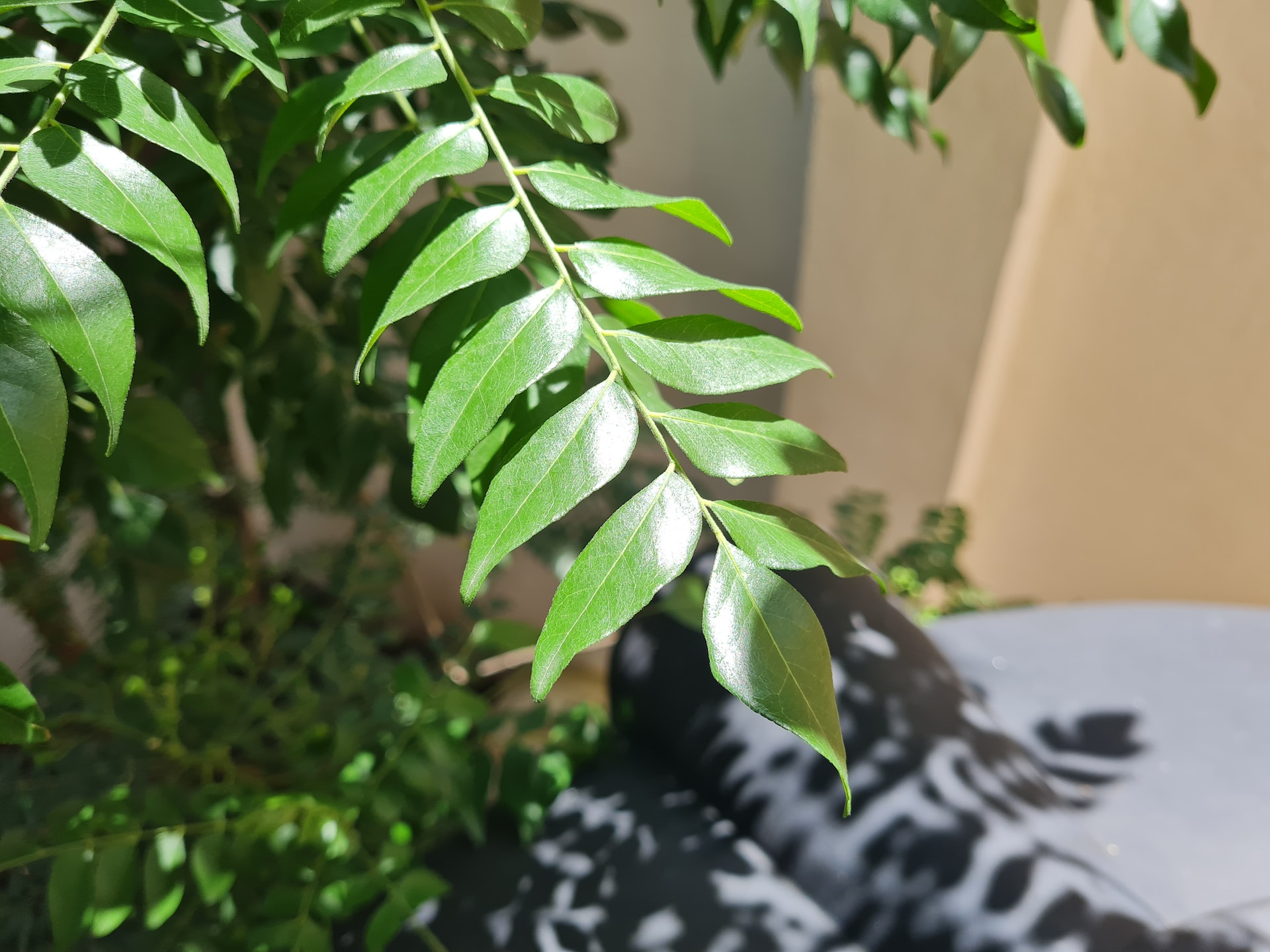
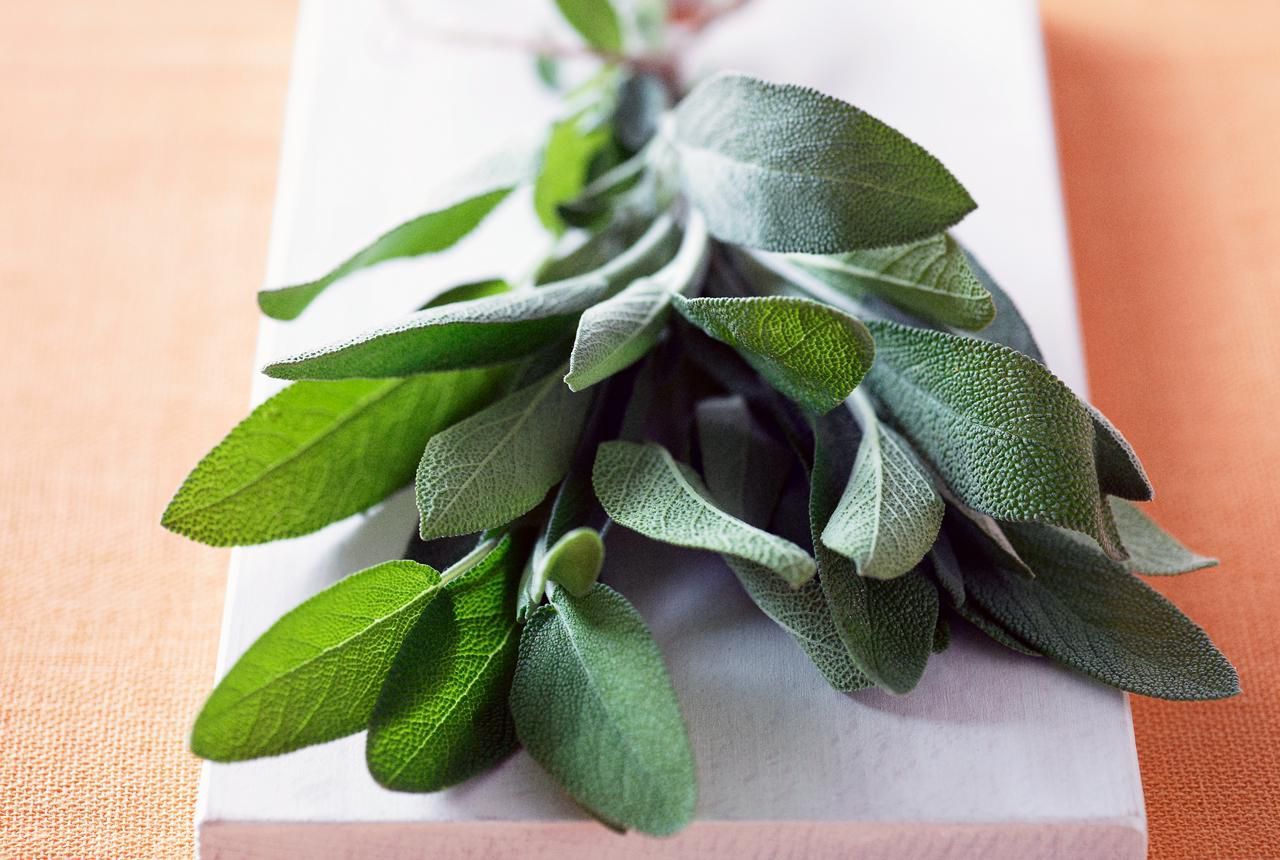
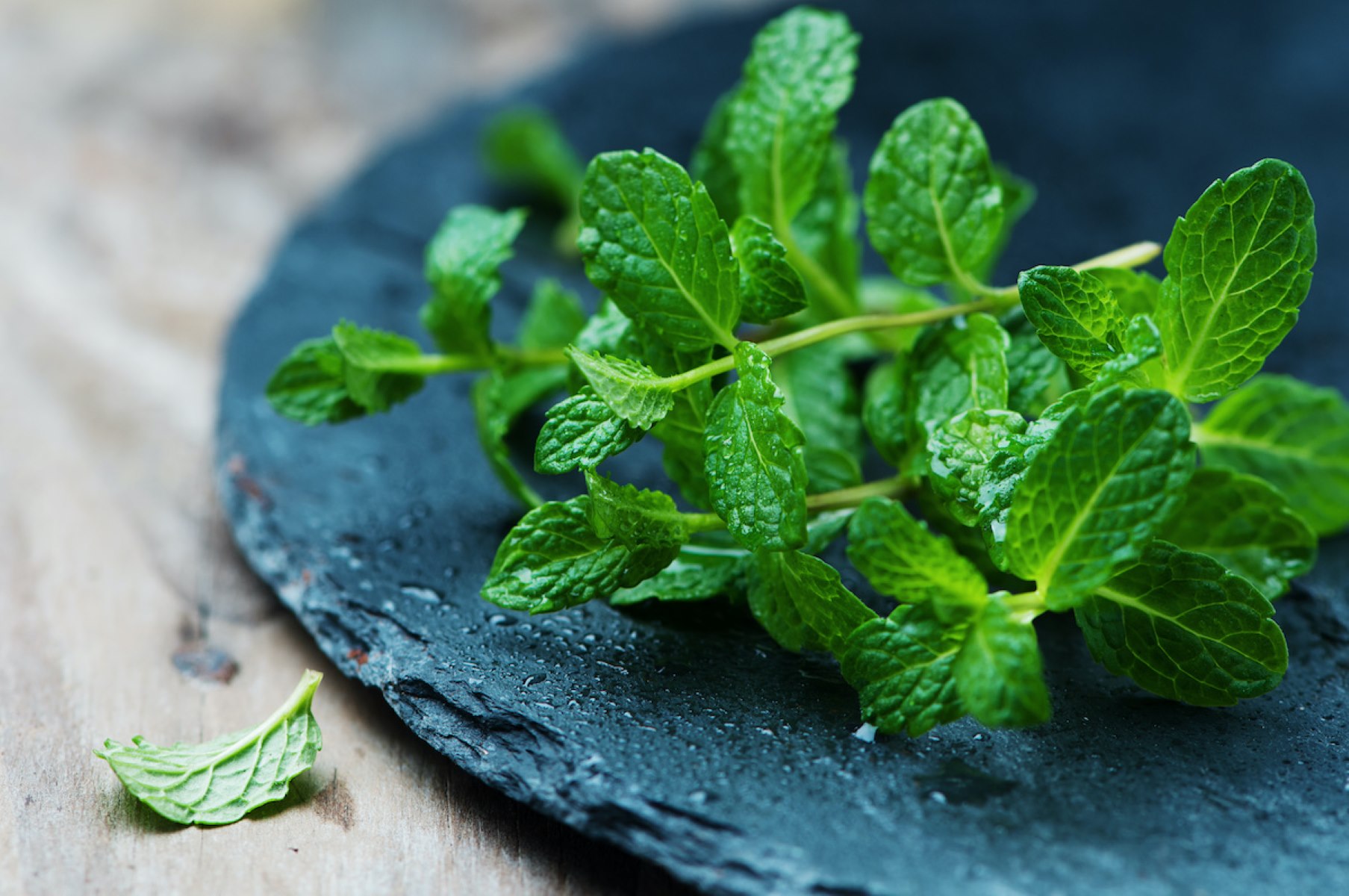
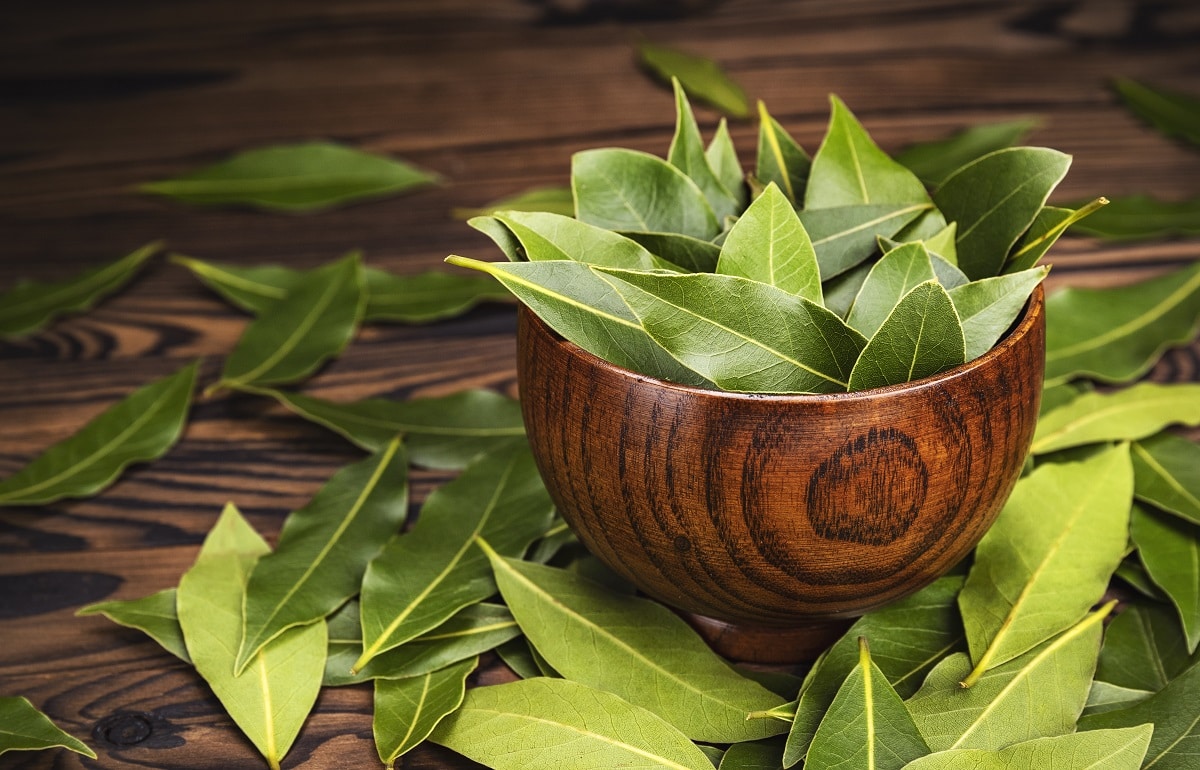
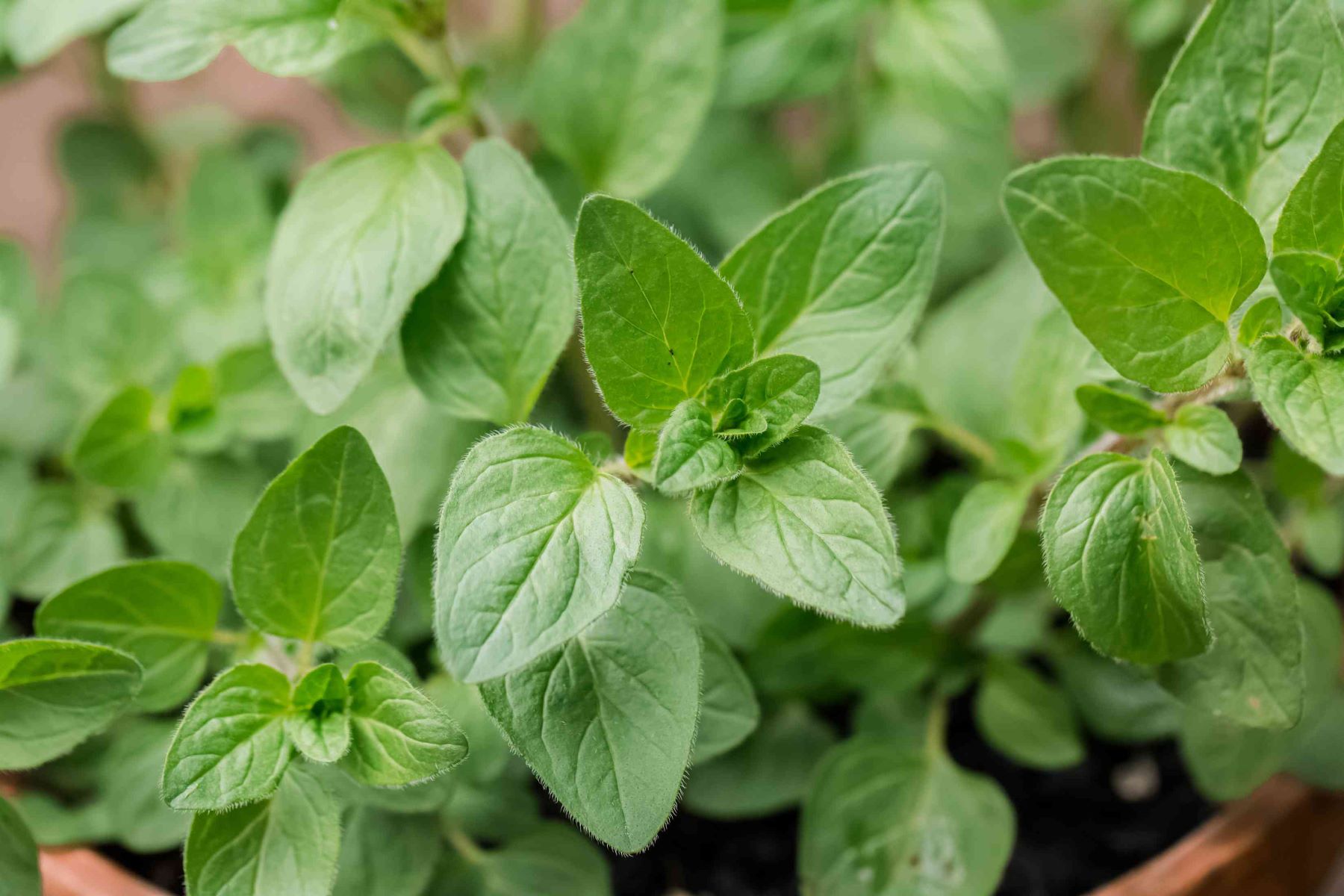
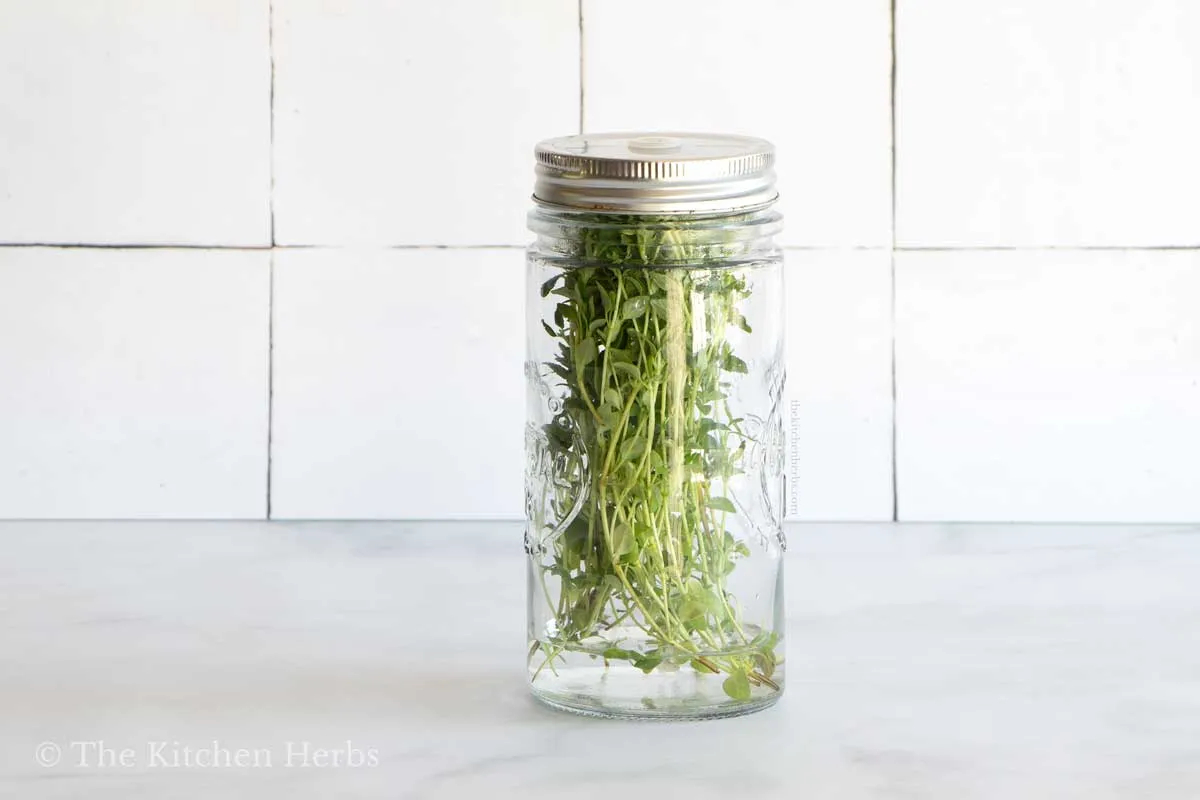
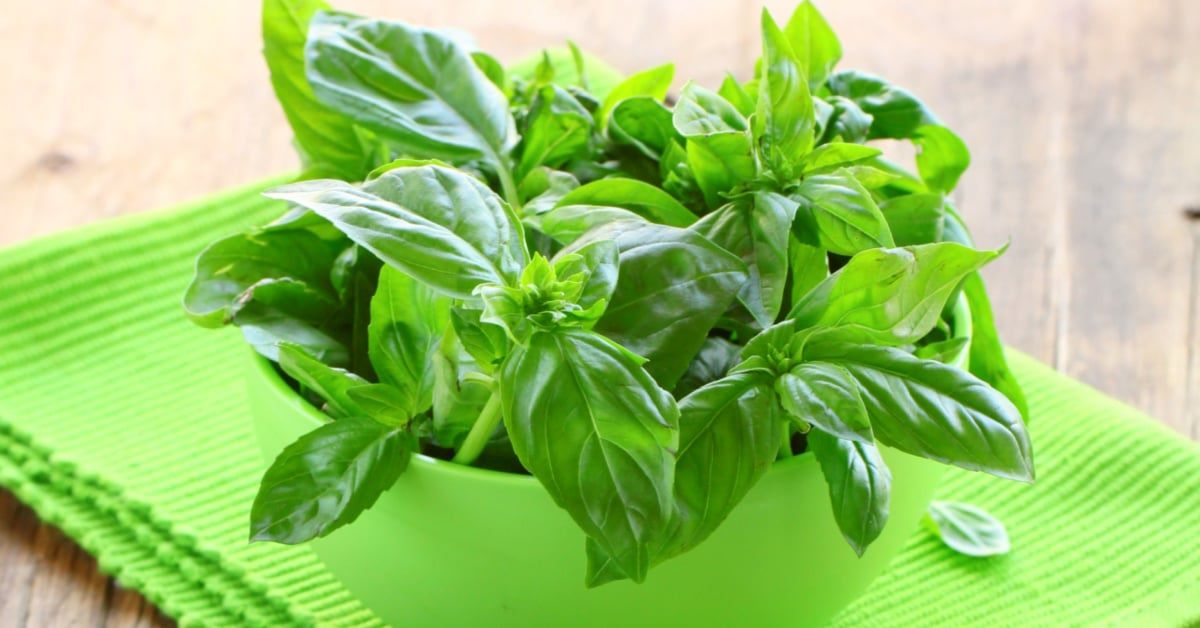
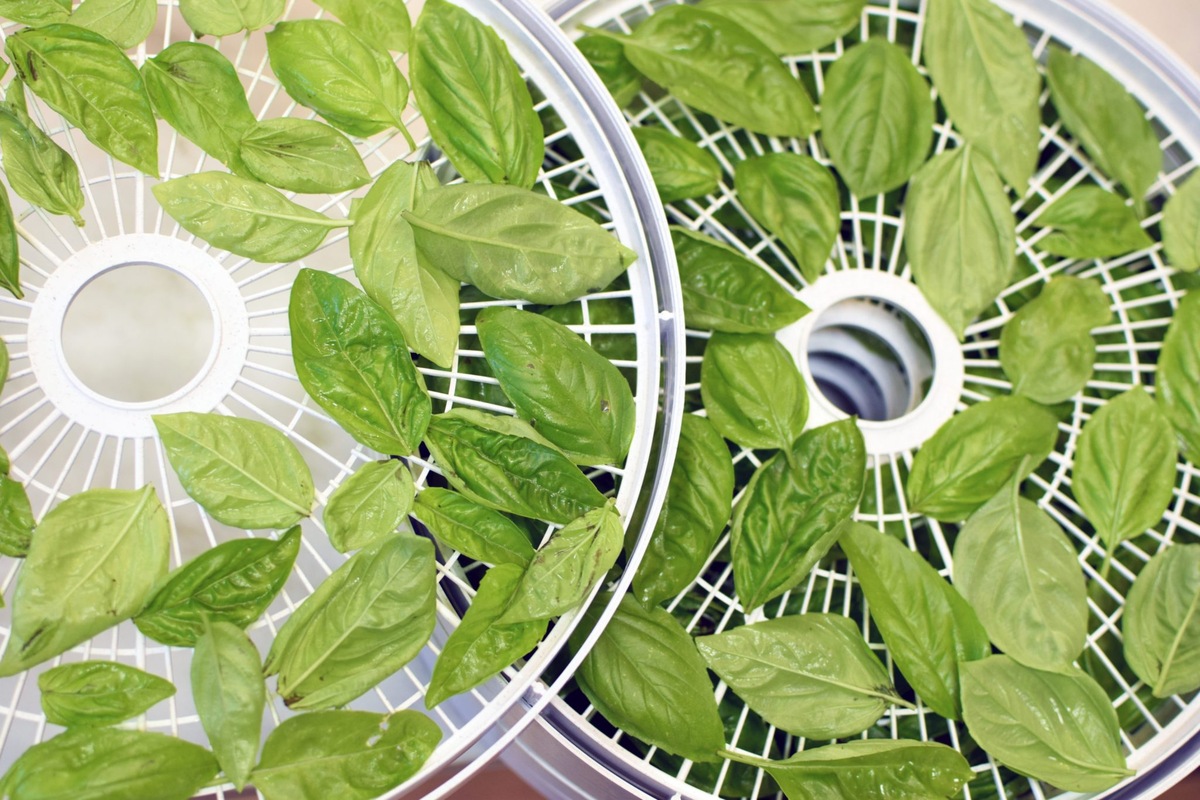
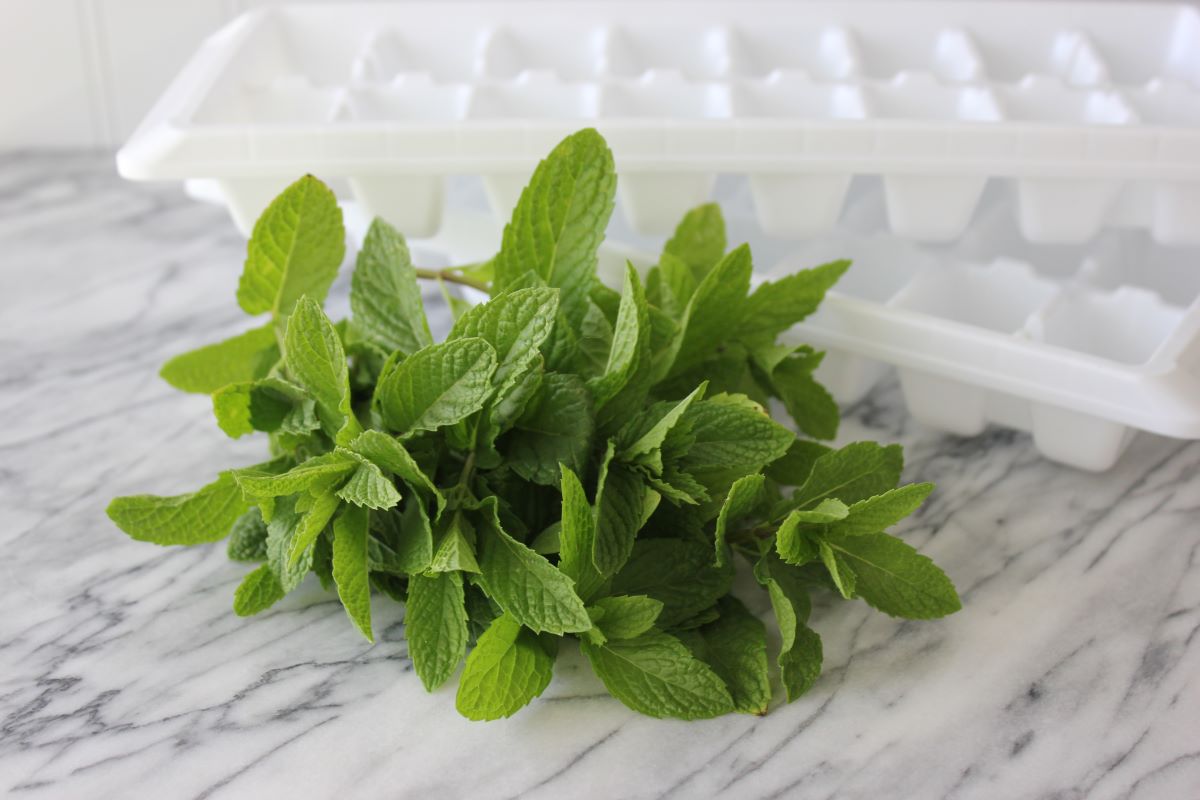

0 thoughts on “How To Store Fresh Basil Leaves”